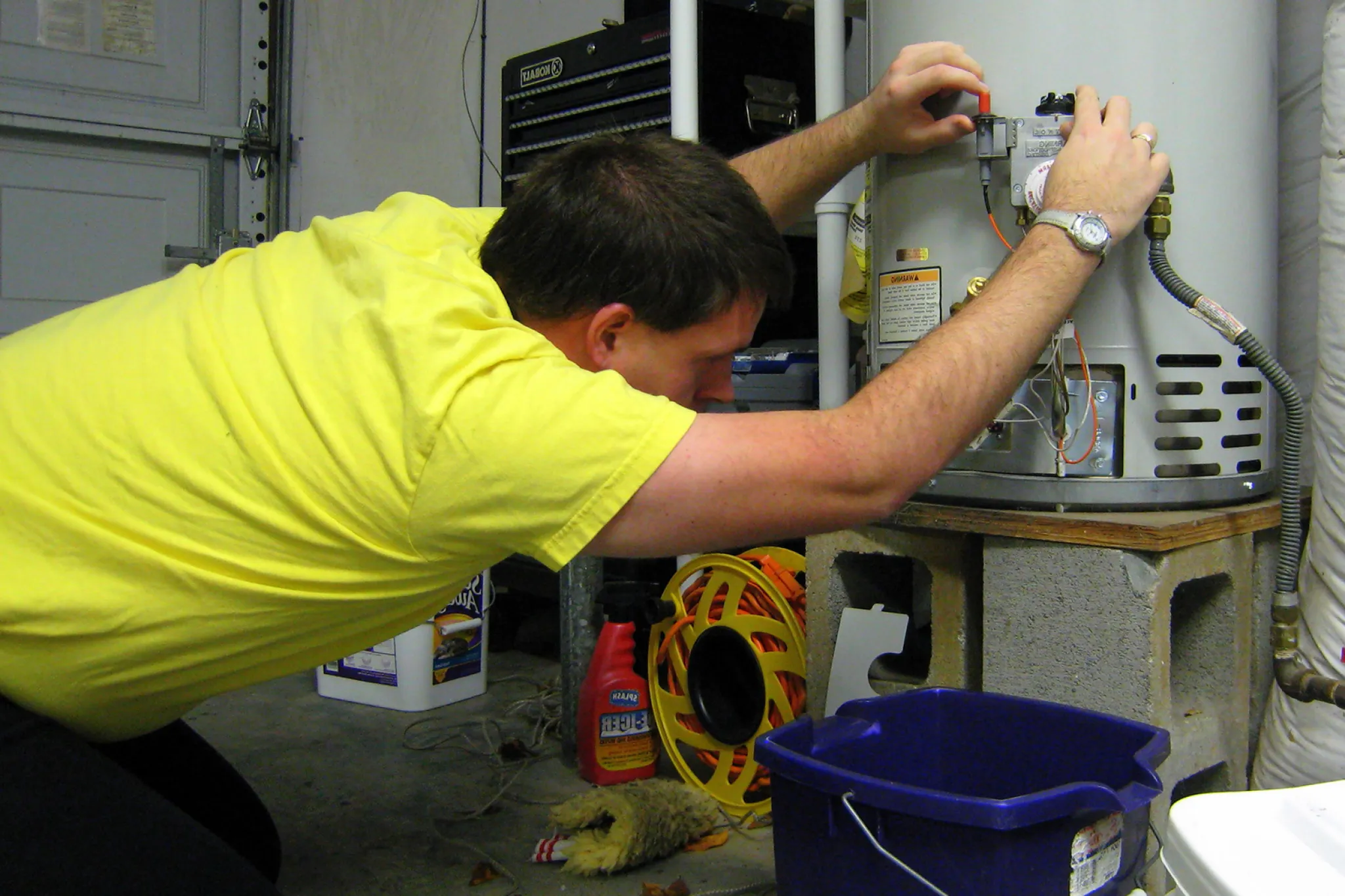Effective Techniques for Caring for Your Home's Hot Water System
Effective Techniques for Caring for Your Home's Hot Water System
Blog Article
Are you in search of information involving Tips For Maintaining Your Hot Water Heater?

Warm water is important for day-to-day convenience, whether it's for a refreshing shower or washing dishes. To ensure your warm water system runs successfully and lasts much longer, routine maintenance is essential. This short article gives practical pointers and understandings on exactly how to preserve your home's hot water system to avoid interruptions and expensive repair work.
Introduction
Preserving your home's warm water system might seem overwhelming, however with a couple of basic steps, you can guarantee it operates efficiently for years ahead. This guide covers every little thing from understanding your hot water system to do it yourself maintenance ideas and recognizing when to call in expert help.
Importance of Keeping Your Hot Water System
Normal maintenance not only prolongs the lifespan of your warm water system however likewise guarantees it operates successfully. Overlooking upkeep can cause lowered effectiveness, higher power bills, and also premature failing of the system.
Indications Your Hot Water System Demands Maintenance
Recognizing when your hot water system requires attention can avoid major issues. Watch out for signs such as irregular water temperature, unusual sounds from the heating unit, or corroded water.
Comprehending Your Warm Water System
Prior to diving into upkeep tasks, it's handy to understand the fundamental components of your warm water system. Typically, this consists of the hot water heater itself, pipes, anode poles, and temperature controls.
Regular Monthly Upkeep Tasks
Normal month-to-month checks can help catch minor problems prior to they rise.
Purging the Hot Water Heater
Flushing your hot water heater gets rid of sediment accumulation, boosting effectiveness and extending its life.
Monitoring and Changing Anode Rods
Anode rods stop deterioration inside the tank. Examining and changing them when broken is critical.
Evaluating and Adjusting Temperature Setups
Adjusting the temperature level settings ensures ideal efficiency and safety.
DIY Tips for Upkeep
You can do numerous upkeep tasks yourself to keep your warm water system in leading problem.
Looking for Leakages
Consistently evaluate pipes and links for leaks, as these can result in water damage and greater costs.
Evaluating Stress Relief Valves
Evaluating the stress safety valve ensures it works appropriately and prevents extreme pressure accumulation.
Protecting Pipelines
Shielding hot water pipes decreases warm loss and can conserve power.
When to Call a Professional
While DIY maintenance is useful, some concerns call for specialist knowledge.
Complex Issues Needing Expert Assistance
Examples include major leaks, electrical problems, or if your hot water heater is continually underperforming.
Routine Professional Upkeep Advantages
Professional maintenance can consist of detailed assessments, tune-ups, and making sure compliance with safety and security standards.
Conclusion
Normal maintenance of your home's hot water system is essential for effectiveness, longevity, and price savings. By adhering to these ideas and understanding when to look for expert help, you can make certain a reputable supply of warm water without unexpected interruptions.
How to Maintain an Instant Hot Water Heater
Before tinkering with your hot water heater, make sure that it’s not powered on. You also have to turn off the main circuit breaker and shut off the main gas line to prevent accidents. Also turn off the water valves connected to your unit to prevent water from flowing into and out of the appliance. 2. When you’re done, you have to detach the purge valves’ caps. These look like the letter “T†and are situated on either side of the water valves. Doing so will release any pressure that has accumulated inside the valves while at the same time avoid hot water from shooting out and burning your skin. 3. When the purge valves’ caps are removed, you have to connect your hosing lines to the valves. Your unit should have come with three hoses but if it didn’t, you can purchase these things from any hardware or home repair shops. You can also get them from retail stores that sell water heating systems. Read the user’s manual and follow it to complete this task properly. When the hosing lines are connected, open the purge port’s valves. 4. You should never use harsh chemical cleaners or solutions when cleaning your unit. Make use of white vinegar instead. It should be undiluted and you’ll probably use about 2 gallons. 5. Now flush your water heater. This task should probably take about 40 minutes. We can’t give you specific directions for this because the procedure is carried out depending on the type, model and brand of your heater. With that being said, refer to the user’s manual. 6. When you’re done draining the unit, you have to turn off the purge port valves again. Remove the hosing lines that you earlier installed on each of the water valves. Put the valve caps (purge port) back in their respective places and be very careful so as not to damage the rubber discs that are found inside these caps. 7. Now that everything’s back in place, check your user’s manual again to find out how to reactivate your water heating system. 8. Once it is working, turn one of your hot water faucets on just to let air pass through the heater’s water supply pipes. Leave the tap on until water flows smoothly out of it. https://www.orrplumbing.com/blog/2014/september/how-to-maintain-an-instant-hot-water-heater/

We had been shown that report on Tips on Maintaining a Water Heater from a friend on our other web page. Sharing is caring. Helping others is fun. Many thanks for being here. Come back soon.
Call Today Report this page